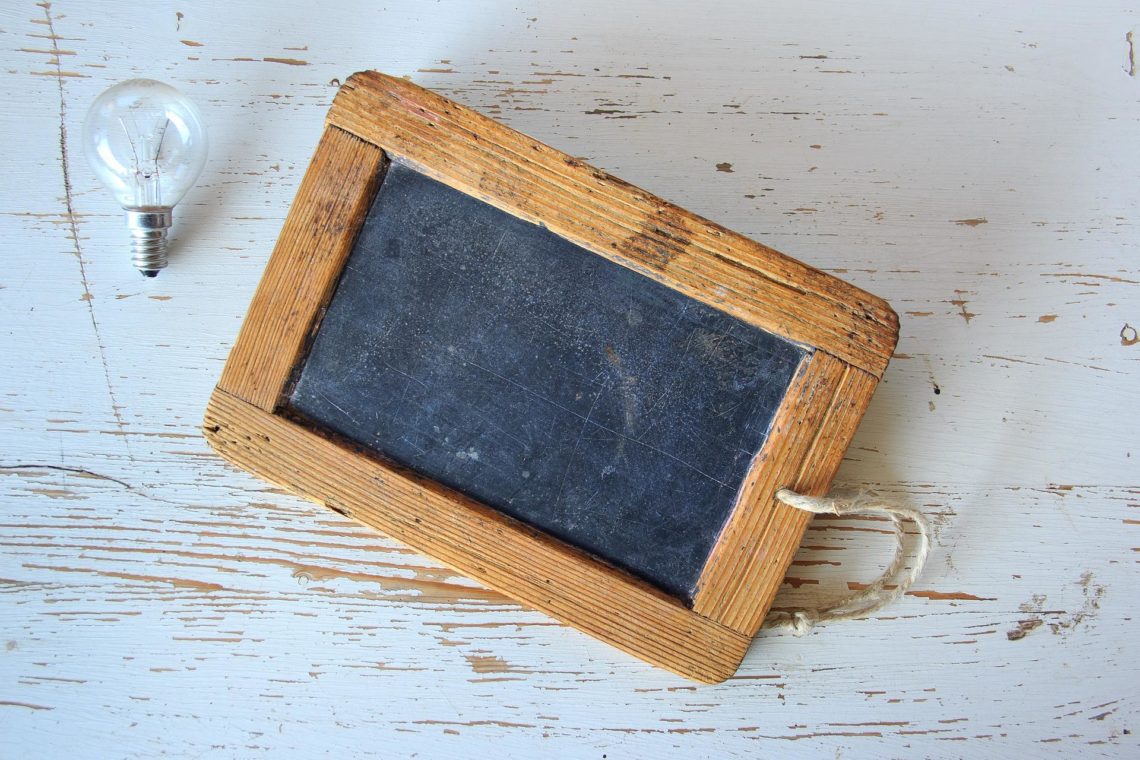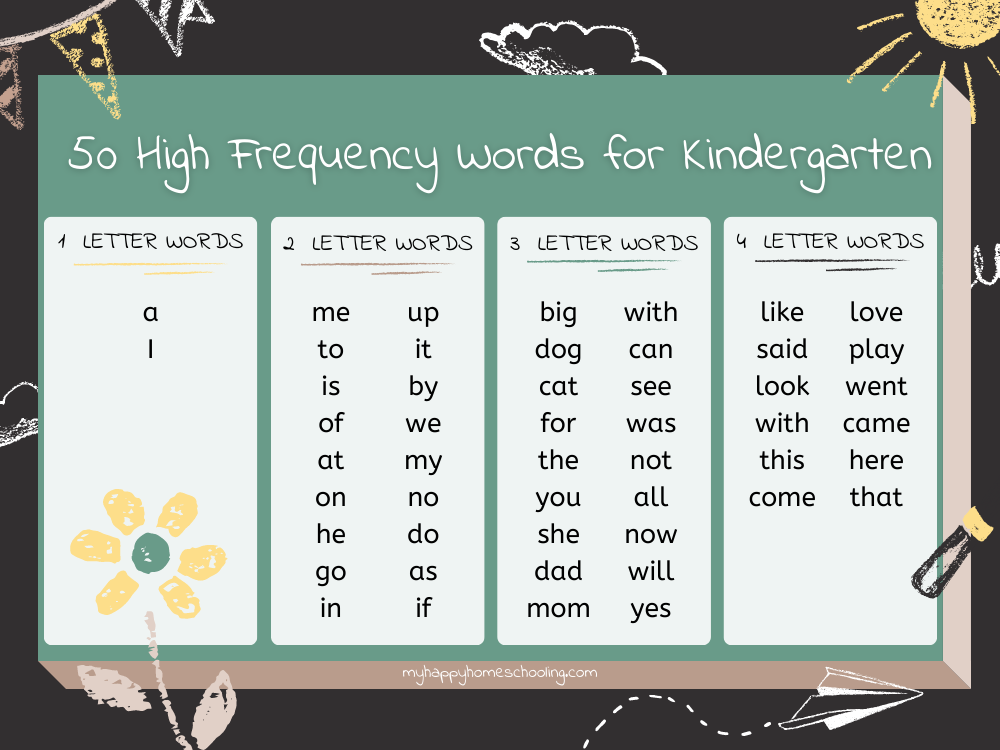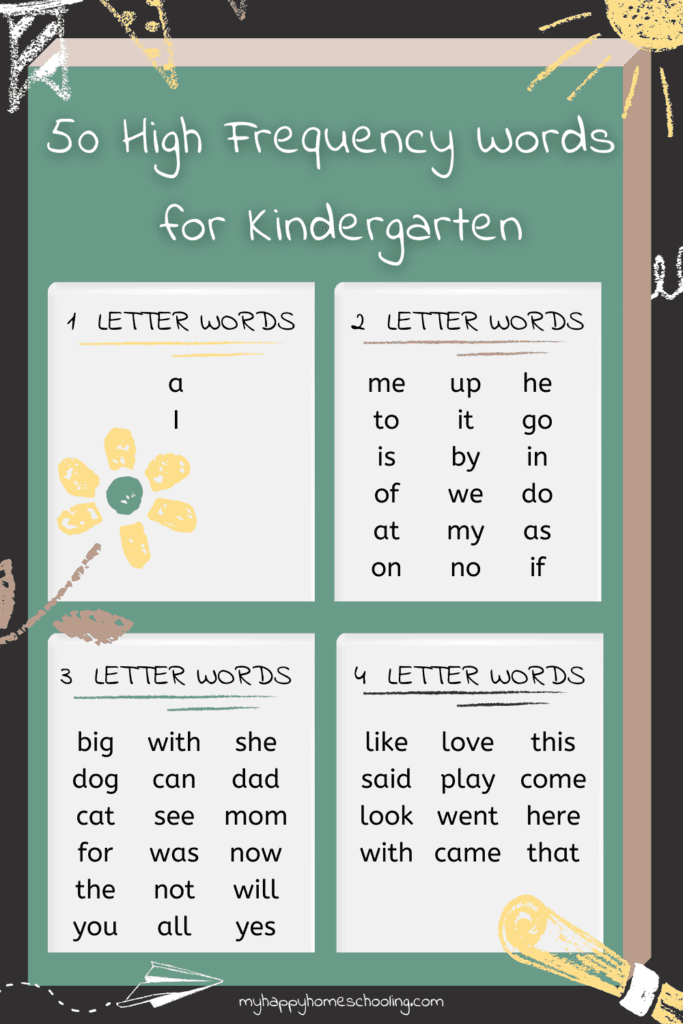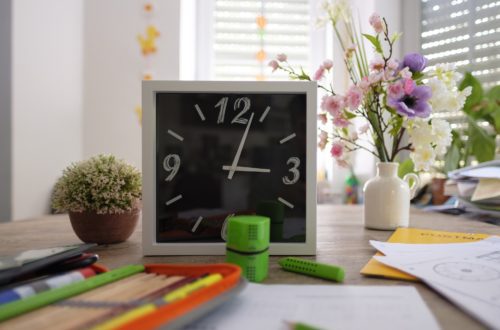This post discussing high frequency words for kindergarten may contain affiliate links which means that I receive some form of compensation in return (at no additional cost to you) if you purchase through my link:)
So, you have decided to homeschool your child. First of all, congratulations! You are now embarking on an incredible journey that you and your child will remember for the rest of your lives. Homeschooling is a precious privilege that should never be taken for granted. That said, it is also an incredible responsibility and can come with a lot of pressure for many moms and families.
With all of that in mind, it can be difficult to know where to begin. You will likely begin to hear a bunch of terminology that sounds overwhelming and unfamiliar. But, even though you may feel slightly out of your element, know this: you are more than capable to homeschool your child with the right tools, knowledge, and support. Do not get overwhelmed! You are seen and not alone.
In Kindergarten, there are several “goals” that are generally considered standard based on age. With that said, I think it is worth noting that every child is different and cannot expect to stay on the exact same level of understanding through their schooling years. It is still important, though, to have some direction as you begin educating your child.
It is likely that you will want to choose some form of curriculum, but it is also not a problem if you decide you would rather simply buy a simple educational workbook at a book store or other chain store and work at your own pace through that over the coming year.
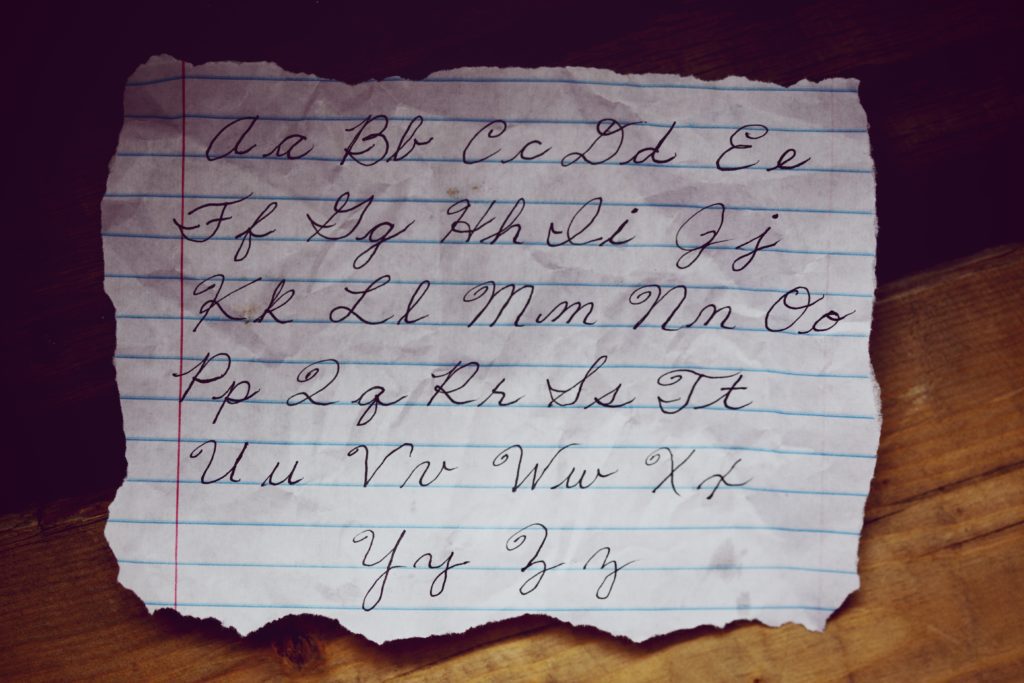
What is a high frequency word?
To start off, what is a high frequency word? According to Reading A-Z (link HERE),
“High-frequency words are the most commonly used words in printed text” (link HERE)
For example, the words a, at, and the would all be “high frequency words” due to how often we can find them in written text. With that in mind, there are several different lists of high frequency words that should be recognizable in each grade level, including kindergarten.
Interestingly enough, according to The School Run, high frequency words can be words that must almost be memorized (due to their uncommon structure) and others that can be sounded out upon encounter (The School Run, link HERE).
With all that said, it is also important to note that another term for a high frequency word is a “dolch word.” According to Read and Spell,
“Dolch words, also known as sight words, account for between 50-75% of all vocabulary found in grade school reading material.” (Read and Spell, link HERE)
The same sources also discusses how memorizing words on high frequency/dolch word lists can really help students who have dyslexia or other learning challenges “because it facilitates the development of reading and spelling skills” (Read and Spell, link HERE).
High frequency words vs. sight words
To start, let us look at the definition of a sight word since we have already considered what a high frequency word is. According to David Kilpatrick,
“A sight word is a word that is instantly and effortlessly recalled from memory, regardless of whether it is phonically regular or irregular. A sight-word vocabulary refers to the pool of words a student can effortlessly recognize.” – David A. Kilpatrick, PhD (link HERE)
With that definition in mind, we can see the difference between sight words and high frequency. Sight words are those words that we know automatically when we see them. Though some kindergarten sight words will be decodable words, others may be irregular words. As adults, many of the words we see, by definition, would be sight words, even if they are simple to sound out.
In essence, our goal when teaching our children high frequency words is for each of the words to become sight words for them (The Measured Mom, link HERE).

List of 50 high frequency words for Kindergarten
Though there are many different lists available across the internet, I have tried to pull together a list of the 50 high frequency words for kindergarten that I could find most often. Here is a list of high frequency words for kindergarten students:
One letter words:
a and I
Two letter words:
me, to, is, of, at, on, he, go, in, up, it, by, we, my, no, do, as, if, and to
Three letter words:
big, dog, cat, for, the, you, she, dad, mom, with, can, see, was, not, all, and, now, and will
Four letter words:
like, said, look, with, this, love, play, went, came, here, and come
I thought it may also be helpful to see the following words list that was given by The School Run as “The top 100 high frequency words” for both children and adults:
“The top 100 high frequency words (in order of frequency of use) are: the, and, a, to, said, in, he, I, of, it, was, you, they, on, she, is, for, at, his, but, that, with, all, we, can, are, up, had, my, her, what, there, out, this, have, went, be, like, some, so, not, then, were, go, little, as, no, mum, one, them, do, me, down, dad, big, when, it’s, see, looked, very, look, don’t, come, will, into, back, from, children, him, Mr, get, just, now, came, oh, about, got, their, people, your, put, could, house, old, too, by, day, made, time, I’m, if, help, Mrs, called, here, off, asked, saw, make, an.” (link HERE)
With all of that said, I believe it is very important to note that these lists are simply to be used as resources. These words are some that I found when combining/consulting several “high frequency words for kindergarten” lists (link here and here). Feel free to adjust the lists to your own liking. For example, if there is a word that you think should be added or taken off, you are more than welcome to do so.
If you are looking for more resources or lists once your child feels very comfortable with those first 50 high frequency words, the following lists created by Dr. Edward Fry can also be very helpful:
Top 1000 Words in Groups of 100 – Fry Lists of Words
How to practice with high frequency words
1. Fluency Mats and Play Dough Mats
As was mentioned earlier, high frequency words can be found in most if not all books and reading materials that are available. With that in mind, if you want your children to learn these words, I would recommend studying them separately through flash cards and repetition. A great resource for practicing these high frequency words would be to use fluency mats or even reusable play dough mats. After a simple google search, it seems like most of the really nice frequency mats do cost money, but I think it may be worth the investment. At the same time, you could always make your own by recreating designs with pens/pencils and paper 🙂 Here’s a link to editable sight words mats from Teachers Pay Teachers, if you would like to take a look:
Editable Sight Words Mats – Teachers Pay Teachers
2. A Word Wall
A word wall is also a super cute way to help your kids see these high frequency words more often. If you have enough room in your school room or school area, it would be fun to put up a word wall. This Reading Mama (link HERE) has an adorable example of what this word wall could look like (pictured below).

3. Read Simple Stories and Books
That said, once you feel as though they are getting more comfortable with the words, I would strongly encourage you having them read simple stories and books so that they have the opportunity to get some reading practice and to see each of the high frequency words in context.
As they learn to recognize the words on paper through stories, the words will come alive to them, and they will see just how important those words are on a very practical and personal level. As far as phonics skills are concerned, if you are looking to start with words that have a short vowel, I would jump to the three-letter words to start 🙂
Want to save this post to read or reference later? Pin it!

This post has discussed what high frequency words are, the difference between high frequency words and sight words, the top 50 high frequency words for kindergarten, and how to practice high frequency words with your child. As your child develops his reading skills, I hope that you will consider the list of words that we talked about and even consult other word lists along the way.
Though your school year and even individual lesson plans will likely look different from someone else’s, I encourage you to find rhythms and approaches that can become best practices for you and your child. Your homeschool is whatever you make it, and that is such a beautiful thing! I sincerely hope that this post has been helpful and inspiring to you as you continue your homeschooling journey.
Please let me know if you have any questions or concerns and if there is any way possible that I can help make this wonderful journey sweeter for you!
Until next time
![]()

